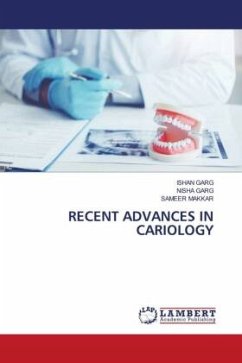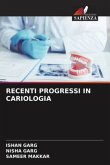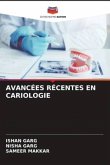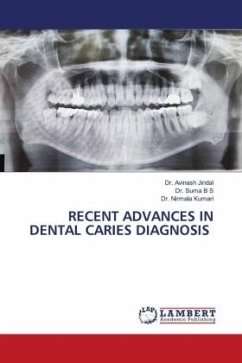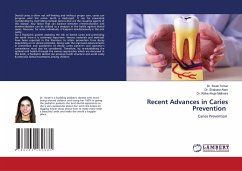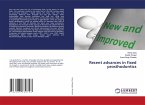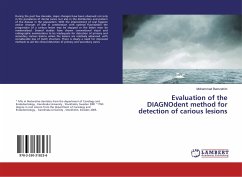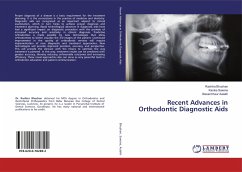Dental caries, otherwise known as tooth decay, is one of the most prevalent chronic diseases of people worldwide; individuals are susceptible to this disease throughout their lifetime. Dental caries forms through a complex interactionover time between acid-producing bacteria and fermentable carbohydrate, and many host factors including teeth and saliva. The disease develops in both the crowns and roots of teeth, and it can arise in early childhood as an aggressivetooth decay that affects the primary teeth of infants and toddlers. Risk for caries includes physical, biological, environmental, behavioral, and lifestyle-related factors such as high numbers of cariogenic bacteria, inadequate salivary flow, insufficient fluoride exposure, poor oral hygiene, inappropriate methods of feeding infants, and poverty. The approach to primary prevention should be based on common risk factors. Secondary prevention and treatment should focus on management of the caries process over time for individual patients, with a minimally invasive, tissue-preserving approach.
Bitte wählen Sie Ihr Anliegen aus.
Rechnungen
Retourenschein anfordern
Bestellstatus
Storno

